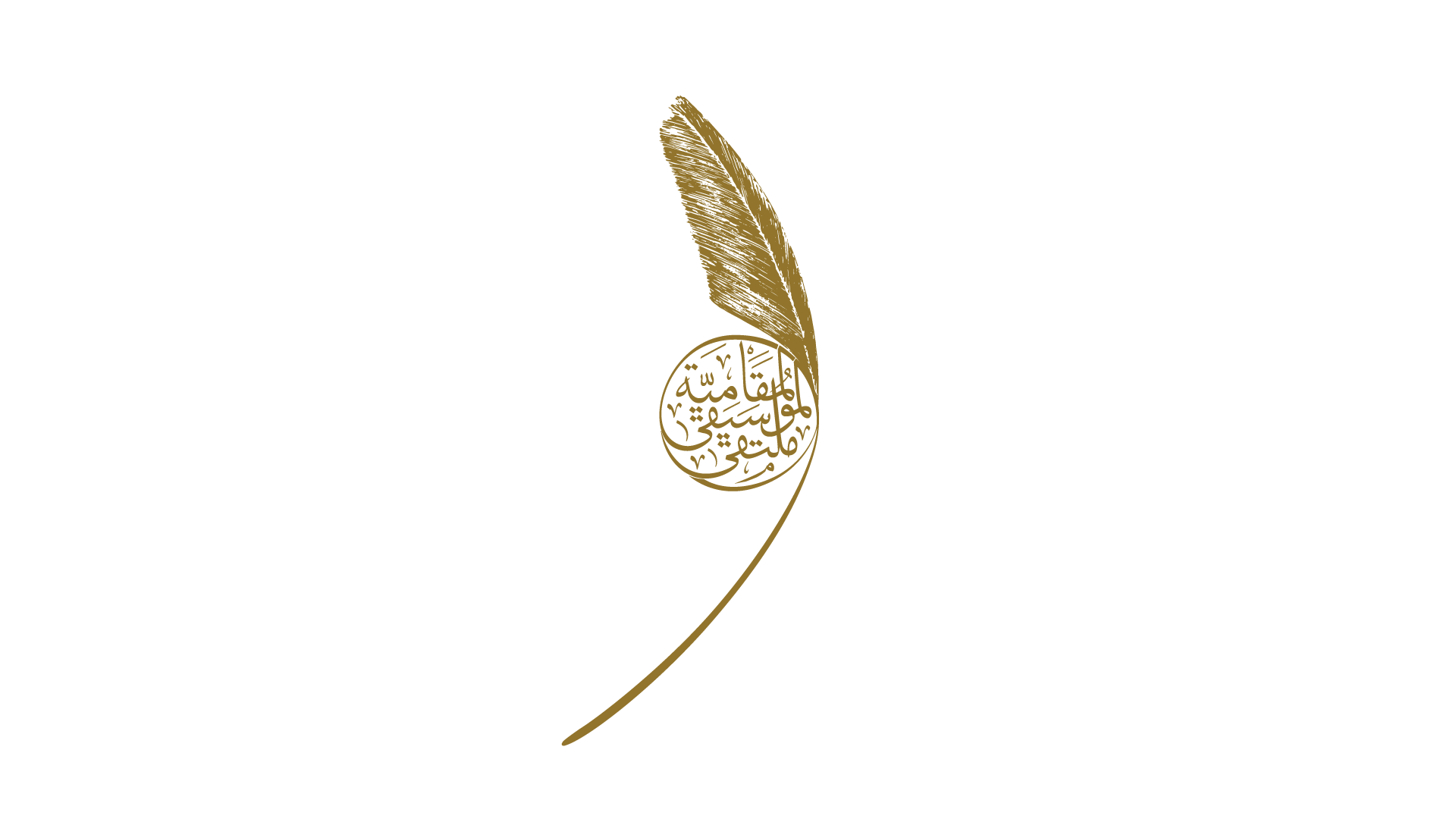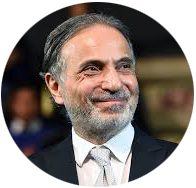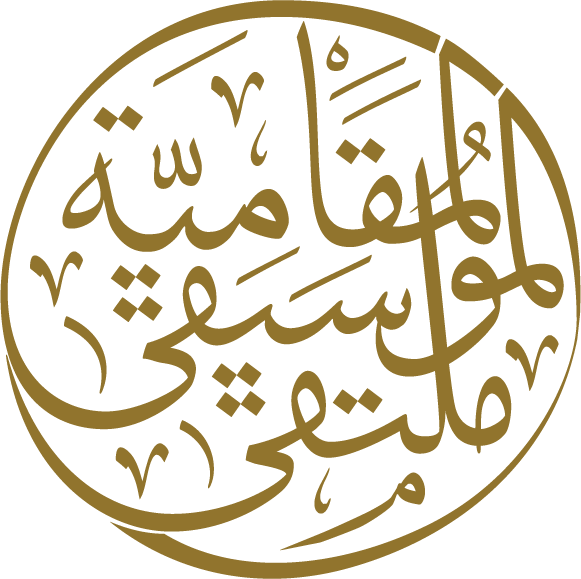
An Introduction to the
Artistic Maqām Music Tradition
of Arab Mašriq
✏️ Professor Nidaa Abou Mrad
What is a maqām?
It is a term used by Arab music theorists since the end of the medieval period to explain the concept of a shared melodic character for a category of musical works, whereby the maqāmāt of a musical tradition serve as a classification for the melodic characters of all the works within that tradition. This character is associated with four determinants (Tràn, 1968):
the scale of the maqām,
its finalis,
its way/mode of phrasing, and
its ethos.
The first determinant, the scale, constitutes the sonic structure of the maqām; it is a kind of melodic alphabet—an ordered set of pitches used to formulate most melodies characterized by that maqām. The second determinant establishes a hierarchy among the notes of the maqām’s scale, based on distinguishing its poles according to their functions, especially the finalis (qarār), the note on which any melody in the maqām concludes, and the tenor (ghammāz, reciting cord), the extended, recurring note on which the melodic phrasing insists. The third determinant is the typical way/mode of phrasing melodies based on the maqām; that is, a determinant concerned with the syntactic structure of modal musical works. The fourth determinant is the ethos (ṭabʿ, pl. ṭubūʿ), the comprehensive affective and emotional coloration associated with works composed in the maqām. The Arabic term “maqam” is synonymous with the term “mode” used in European tongues. Consequently, “Maqām Music” or “Modal Music” (musique modale) can be defined as the melodic musical system based on maqāmat for formulating musical works, distinguishing it from “Pentatonic Music” and “Tonal Music”, two systems different from the first, which, along with the modal system, organize most of the world’s musics.
Introduction
The Arab world can pride itself on possessing one of the most important traditions of art modal music in the world. The music of the Abbasid court represented the pinnacle of this global art in the medieval period, resulting from its distillation of the essence of modal musical traditions in Western Asia and its development in contact with masterpieces of Arabic poetry. This tradition saw a resurgence during the Arab Nahḍa or Renaissance (1798-1939), specifically in the Nile Valley, following a period of creative stagnation (inḥiṭāṭ) known in Arab literature and arts during the Mamluk and Ottoman eras.
Professor Nidaa Abou Mrad
(Sorbonne Université (Paris), Antonine University (Lebanon) and Maqām Festival (Multaqā Al-Mūsīqā Al-Maqāmiyya)

MD and PhD in Musicology, currently Senior Professor of Musicology, Neuropsychology of Music and Music Therapy at Sorbonne Université (Paris), Institut de recherche en Musicologie (UMR 8223) and coordinator of the international scientific network “Music, neuroscience and therapy” at the Collegium Musicæ, Sorbonne Université, at the same time as the Dean of the Faculty of Music and Musicology and the Director of the Research Centre for Music Traditions at the Antonine University (Lebanon), the editor in chief of the peer reviewed journal titled Revue des traditions musicales, the coordinator for the development of new school education programs in Lebanon (Center for Research and Educational Development) and the scientific and artistic director of the Maqām Festival (Multaqā Al-Mūsīqā Al-Maqāmiyya). He has published a large number of articles and authored the book titled Elements of Modal Semiotics: An Essay on Generative Grammar for Monodic Traditions, in which he drew his own theory on the Modal Semiotics and for which he won the CNRS-L Annual Research Excellence Award in 2017, in the category “Multidisciplinary cognitive research”. As a violin player and a composer, with twenty audio CDs, he is specialized in the art music tradition of the Mašriq.
The school of ‘Abdu al-Ḥamūlī (1843-1901) distilled the essence of the modal musical traditions of the region and casted it into a new creative mold, based on a unique generative musical grammar working on seven principal melodic maqāmāt and the quantitative meters of Arabic poetry, through an interpretative/hermeneutic process that reopened the door to ijtihād (jurisprudence) in immediate musical innovation. This improvisation is realized within flexible forms of composition, incorporated into the framework of the vocal and/or instrumental waṣlah (suite), which we term al-mūsīqā al-fuṣḥā al-mashriqīya al-ʿarabīya “Arab Mašriq Art Music”, meaning that it is classical music and that it eloquently expresses (tufṣiḥu ʿan) the inner emotional human essence through melody and on the basis of inherited, expressive fundamentals, such that this expression generates profound emotion and ecstatic pleasure (al-wajd wa-l-ṭarab) in the listener. While the Hāmūlī school adopted the approach of renewal rooted in the interpretative tradition—that is, the current of renewal from within the Arab Renaissance path, according to Albert Hourani's classification (Hourani, 1962)—the majority of Mašriq musicians in the period following World War I worked based on the current of renewal from without, i.e., Westernization (al-gharbanah), according to the aforementioned classification. This led to the emergence of mainstream popular Arab song, based on grammatical foundations that blend (in varying proportions) Mašriq modal elements and Western tonal ones, at the expense of Arab Mašriq Art Music, which was gradually marginalized, narrowly conflated with a museological concept of a fossilized Arab musical heritage, audible in old recordings and performed in official music institutes, often in an orchestral choral format that obscures the inherent improvisational method, although some musicians have maintained an authentic practice of this tradition, albeit within limited or marginal frameworks. Given the pressing need to reintroduce the public to the art musical traditions (the Art Musics) specific to the Arab world and Western Asia, all of which are associated with the concept of maqām music— an aim pursued by the Multaqā al-Mūsīqā al-Maqāmīyah (Maqām Festival), to be further completed later with texts and detailed explanations providing an introduction to these musics, and especially to Arab Mašriq Art Music.
Mention us - اذكرونا
#maqamfestival ملتقى_الموسيقى_المقامية#
